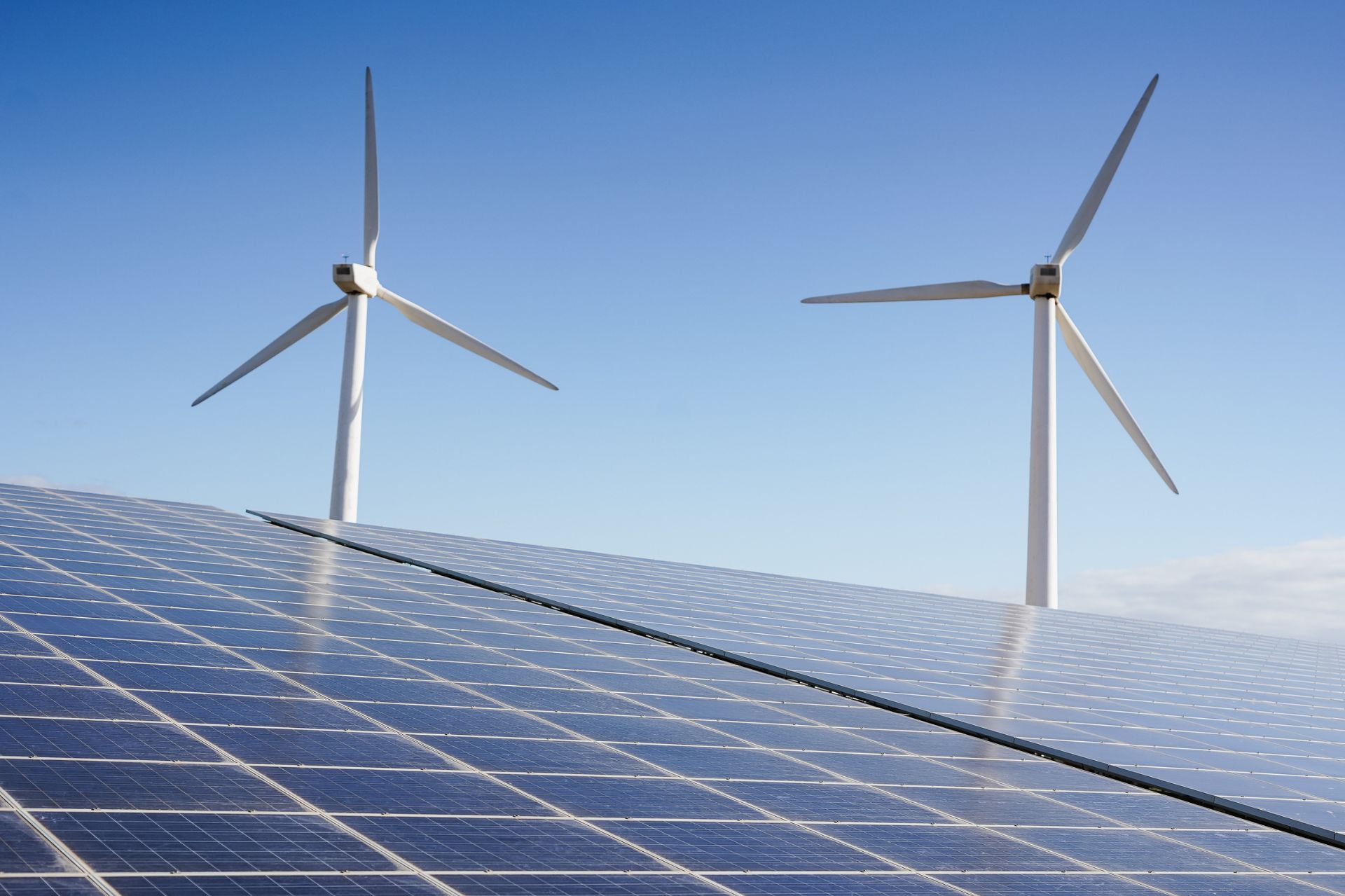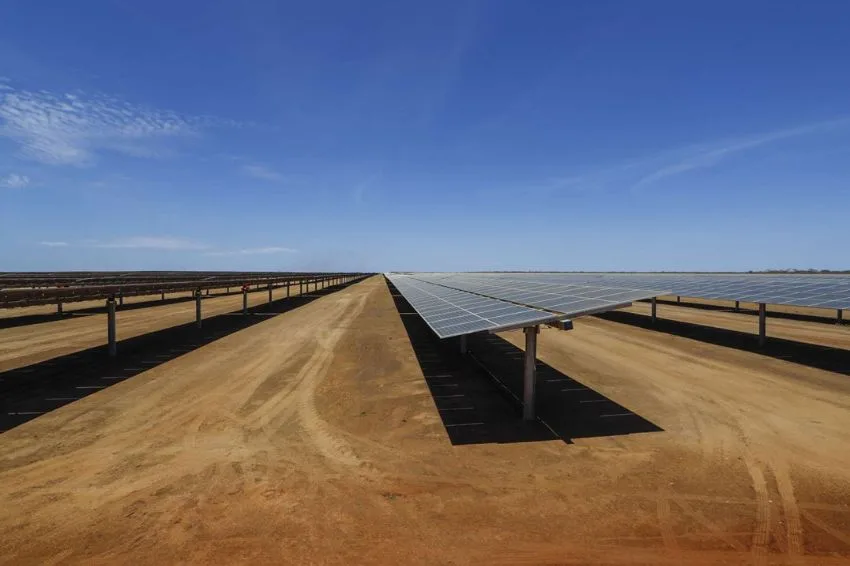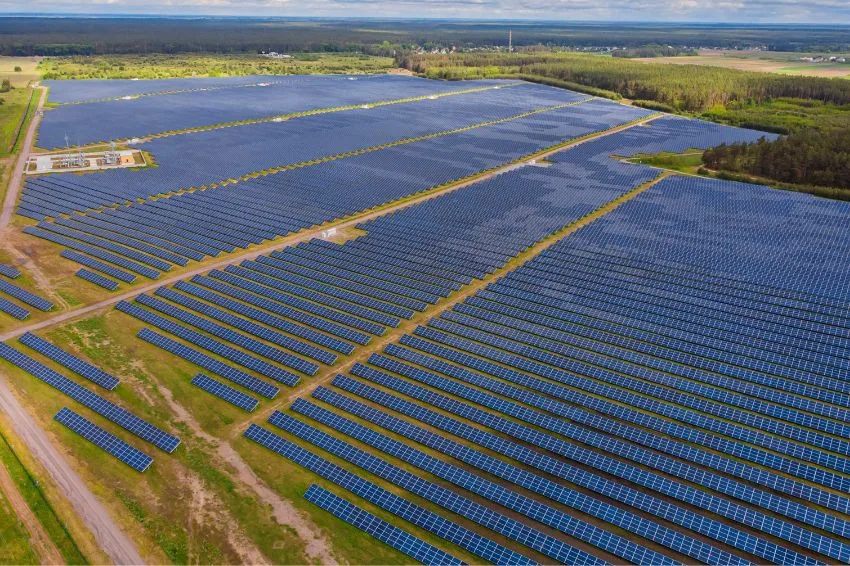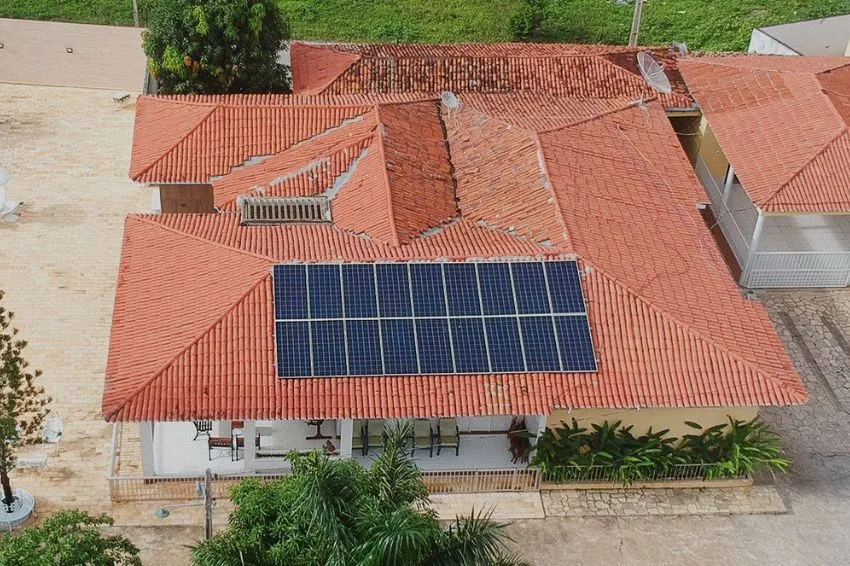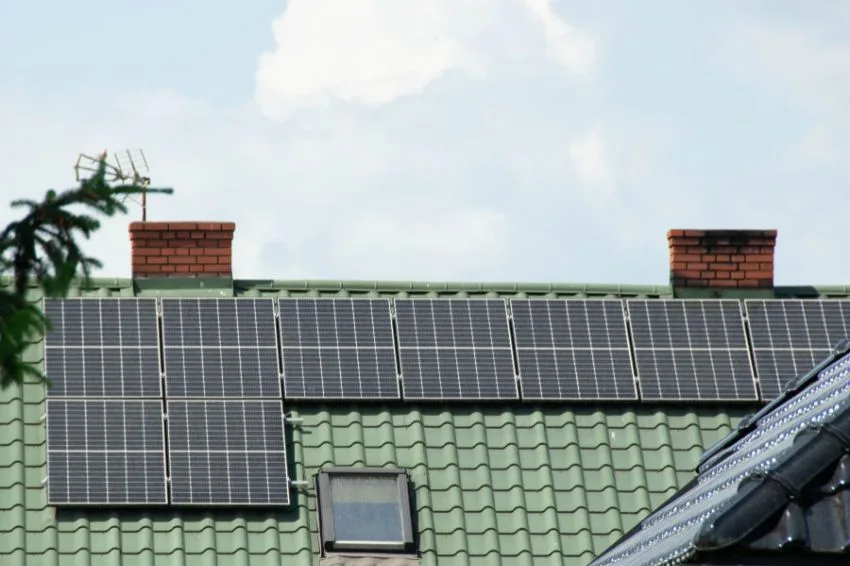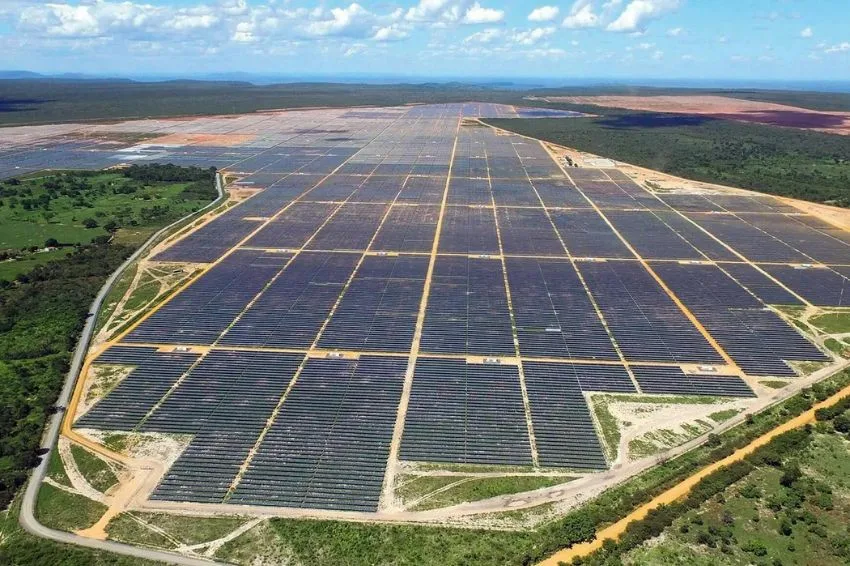A main strategy for mitigating GHG emissions (greenhouse gases) from the energy sector is precisely maintain high participation of renewable sources, which must comprise 50% of the energy matrix in 2030, in order to ensure that emissions arising from energy production and use remain low.
This is what the notebook pointed out “Energy and Environment”, the newest release from MME (Ministry of Mines and Energy) and the EPE (Energy Research Company) within the studies of PDE (Ten-Year Energy Expansion Plan) 2032.
Among the highlights of the publication are the climate policy situation and the emissions reduction commitments signed by Brazil, as well as a spatial analysis of energy expansion and the strategic socio-environmental challenges that energy expansion must deal with in the next decade.
Climate policies
The measures that make up the Brazilian long-term strategy were presented in the document “Guidelines for a national strategy for climate neutrality”. For the energy sector, the following stand out:
- Achieve a share of between 45% and 50% of renewable energy in the composition of the energy matrix in 2030;
- Expand participation and consumption of biofuels through RenovaBio;
- Encourage the manufacture and use of electric and hybrid electric vehicles;
- Promote efficiency gains in the energy and electrical sector;
- Promote the energy use of waste;
- Reduce the carbon footprint for the oil and gas and biofuel sector.
Commitments to the environment
According to PDE 2032, the country also committed, in 2021, to the Global Methane Commitment and, as a result, will have to reduce its methane emissions by 30% by 2030, with 2020 as a baseline (Global Methane Pledge, 2022) .
Subsequently, at COP 27, the Brazilian government proposed the creation of a global market for methane credits, aiming at the economic viability of measures to reduce methane emissions. The various government measures signal the maintenance of the renewability of the Brazilian energy matrix.
“Therefore, considering Brazil's potential for energy production from renewable sources, the main strategy to mitigate the sector's GHG emissions is to maintain a high share of these sources in the matrix”, highlighted EPE, in a technical note.
Spatial analysis of expansion
The spatial analysis of energy expansion presents the set of projects contracted in energy auctions, which allows the preliminary identification of possible cumulative effects in the regions with the highest occurrence of projects.
In this sense, the EPE mapping indicates areas subject to overload on natural resources or pressure on sensitive environments, thus requiring more strategic action in certain situations.
Another aspect of spatialization is the possibility of visualizing synergies of the expansion itself, such as complementarity between sources, contributing to more efficient energy planning that is resilient to climate change.
With regard to wind farms, they will have an expansion of 6.1 GW (175 contracted parks), located exclusively in the Northeast region, expected to come into operation by 2026. Photovoltaic expansion is responsible for an increase of 3 GW contracted, distributed across 88 projects in the Northeast and Southeast.
Socio-environmental challenges
In the Energy Research Company's view, an example of strategic socio-environmental challenges is the compatibility between biodiversity conservation, multiple uses of water with energy production, generation and transmission and mitigation and adaptation measures to climate change.
Biodiversity
In the technical note, EPE pointed out that the concentrated expansion of wind and photovoltaic projects brings challenges to the management of interference with biodiversity, mainly due to possible cumulative and synergistic effects of the combination of these projects with the transmission lines planned to transport their energy.
“Currently, sector initiatives have been promoted at the project scale, seeking to avoid or minimize the suppression of native vegetation and adopting measures to mitigate, monitor and compensate for interference, such as forest recovery programs and bird fauna monitoring”, they explained.
In the case of transmission lines, since the planning phase, according to the research, the sector's coordination to divert the route away from remnants of native vegetation and other areas of regional importance for biodiversity conservation is notable.
Uses of water
Water is an essential natural resource for various activities, such as human supply, animal drinking, irrigation, energy generation, navigation, leisure, among others.
As recommended in Law no. 9,433/1997, water resources management has the role of promoting this multiple use, making different interests and demands compatible and avoiding possible conflicts.
“The management of water resources is complex, especially in regions where there is great demand for the resource or, even, in areas of low water availability. Considering the forecast of growing demand for water (ANA, 2021), conflicts tend to increase in the future, with an increase in the number and diversity of users, especially in periods of water scarcity”, reported PDE 2032.
In this context, they stated that the energy sector has an important role as a user of water resources. “Water is used as a primary input for the generation of hydroelectric energy or in part of the production process, for cooling thermoelectric plants, cleaning photovoltaic panels and irrigating sugar cane.”
“In addition, the sector also stores and regulates water through the reservoirs of hydroelectric plants. Given the prospect of expansion of the sector, this challenge was considered relevant for hydroelectric, non-renewable thermoelectric and solar photovoltaic plants, as well as for the production of ethanol”, explained EPE.
With regard to hydroelectric plants, the increase in other uses of water in river basins can result in both a reduction in energy production, due to the increase in withdrawals for consumptive uses upstream of the hydroelectric plants, and in an increase in the inflexibility of hydroelectric generation. , through the establishment of operational restrictions on HPPs. “This issue is relevant for the expansion of new HPPs and for the modernization and repowering of existing plants.”
For thermoelectric and photovoltaic plants, making planned expansion compatible with other uses of water can be a challenge in regions with water deficit. Considering this, the Energy Research Company said that it is necessary to pay attention to the use of technologies with low water consumption, or that avoid the accumulation of dirt, in addition to prioritizing other sources of water, such as sea water.
Climate change: mitigation measures
The energy sector is related to climate issues, whether by mitigating GHG emissions in the production and use of energy, or by the need to adapt energy projects to climate change.
“In the case of mitigating GHG emissions, even though Brazil stands out for its highly renewable energy matrix, the availability of renewable natural resources and technologies means that the energy sector plays an important role in meeting the emission reduction commitments signed. across the country”, highlighted the report.
According to the National Energy Balance – BEN 2022, the total emissions associated with the Brazilian energy matrix reached 445.4 million tons of CO2 in 2021. The main responsible were the transport sector, with 45% of total emissions and the sector industrial, with 18%.
In both, initiatives to reduce GHG emissions are related to the replacement of fuels, with a focus on biofuels, and measures to increase the energy efficiency of transport and industrial processes.
“The RenovaBio Program is the main policy related to biofuels and works based on three axes: decarbonization targets, certification of biofuel production and decarbonization credits. The Fuel of the Future Program also stands out, which aims to expand the use of sustainable and low-carbon-intensity fuels through the integration of various public policies,” concluded PDE 2032.


